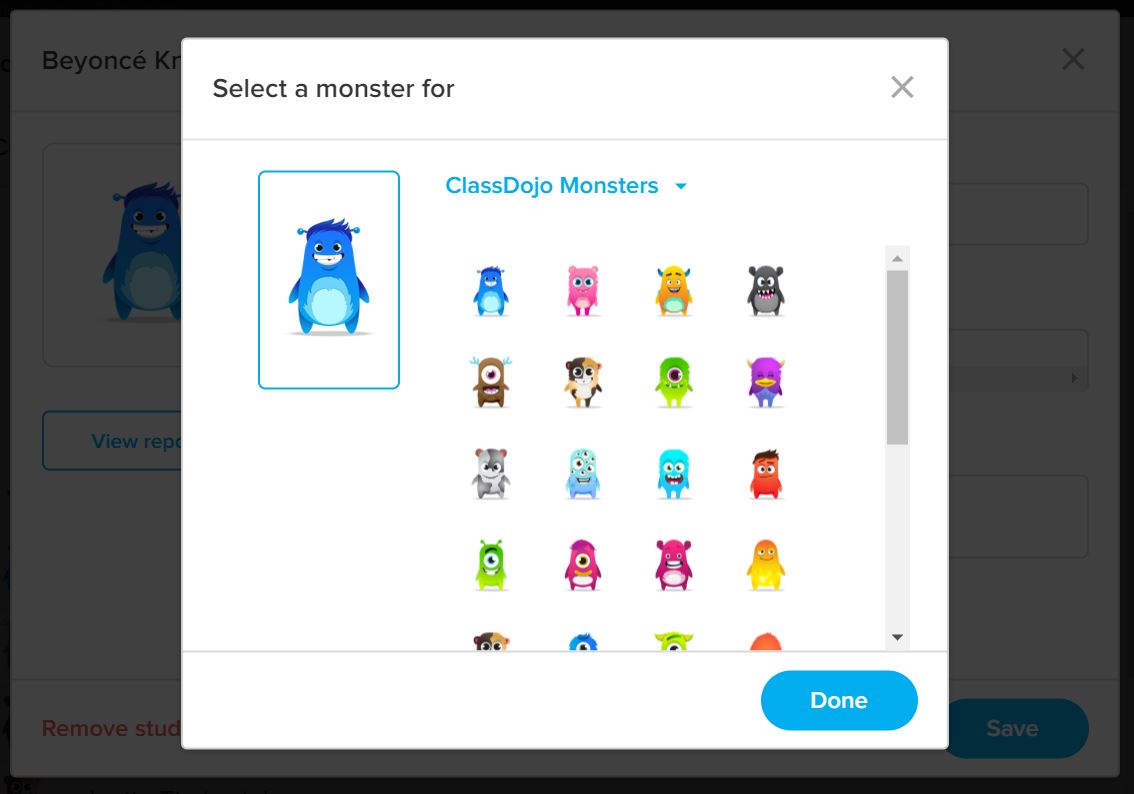Re-Evaluating the Talent You Already Have

If you are in the process of hiring a new hire, re-evaluating the talent you already have may be the best option. Internal employees are more likely to be engaged, have a good understanding of company operations, and have already demonstrated a fit with the company’s culture. Using this approach can shorten the onboarding process, increase employee engagement, and provide career progression opportunities.
Employee engagement
Employee engagement is a core component of employee satisfaction and is vital to the success of any business. It goes beyond the job description and measures a person’s emotional investment in the company and its goals. Employees who are engaged in their work are more likely to call in less frequently, work harder, and be more productive. To create a high-quality employee engagement program, you should start by evaluating the type of business you run and the people in it.
If you’re considering internal hiring, it’s important to realize that internal talent can be a key differentiator in an increasingly competitive market. Re-evaluating the talent you already have will help you build a more collaborative and engaged workforce and prove to prospective employees that you’re a flexible and agile business that can adapt to the new needs of a distributed workforce.
Providing recognition for employees’ efforts will motivate them to work harder for the company. Employees appreciate monetary rewards and manager recognition. These small gestures will go a long way in creating an engaged workforce. Internal recognition days are great ways to do this. Additionally, you can offer monetary bonuses for employees’ contributions.
Investing in employee engagement programs will boost profits. A recent Workplace Research Foundation study found that spending just 10% more on employee engagement can boost profits by $2000 per employee. Further, highly engaged employees are more likely to boost productivity by up to 40%. These benefits trickle throughout the entire company. Ultimately, this leads to higher profits and shareholder returns.
Re-evaluating the talent you already have is essential to ensuring that your employees feel engaged and satisfied. If you’re looking for the best way to retain your employees, you should prioritize internal talent development. Creating an employee development plan will help you understand the types of employees who are interested in moving up in the company.
Skills-based approach
By using a skills-based approach to internal hiring, employers can better match a candidate’s skills with the job’s demands. This type of hiring helps companies improve retention while also increasing the diversity of their workforce. Employers can use data to target difficult-to-fill positions, such as those with high turnover and high costs of hiring. They can also target underrepresented areas.
The first step in creating a skills-based approach is to understand what skills the organization needs. After determining which skills are critical to the organization, the next step is to define and assign roles based on those skills. This is done by mapping out the organization’s needs and goals. Once this is completed, employees can move between different roles based on their skills.
When hiring people based on skills, companies can minimize hiring time and keep hiring costs low. Skilled candidates are more engaged and passionate about the role. In addition, these employees tend to stay longer. Companies that use skill-based hiring have found that employees with non-traditional four-year degrees stay at their companies on average for 34% longer than those with a traditional degree.
Another advantage of skills-based hiring is that it allows companies to access a wider talent pool. While many job roles require a college degree, many skills can be acquired in a short amount of time with the proper training. Skills-based hiring can also be an effective strategy for companies with low-skill needs.
By incorporating a skills-based approach to internal hiring, companies can adapt to a changing world. Employers can identify emerging new skills, integrate them into existing roles, and use recruitment approaches based on skill needs. It also helps ensure that workers with skills related to the company’s needs have opportunities to develop and advance.
Limitation of talent pool
One of the biggest challenges HR professionals face is filling talent gaps within an organisation. The challenge is compounded by the fact that every position requires a diverse pool of candidates with different skills and experiences. However, internal recruitment can be a great way to speed up the hiring process and ensure that the chosen candidate is the right fit for the position. This approach also promotes employee growth within the organisation.
The first step in building a talent pool is to understand your talent needs. The goal of the talent pool is to attract the best candidates for the job at hand. While this process is not easy, it is essential in ensuring that your talent pool is as accurate as possible. A talent pool must be updated and cleansed regularly to remain useful.
While many companies have qualified internal candidates for specific positions, they may not have the right candidates for every role. Some employees may have specialties that don’t match the position at hand, and a company may have to hire a new person to fill an open position. By limiting internal hiring to current employees, a company could potentially miss out on a great talent pool.
One of the biggest downsides of internal recruitment is that it ignores the external job market. Internal hiring is effective for filling new vacancies, but it limits the talent pool. If the talent pool is small, it may be difficult to find the best candidates. If an external candidate is needed, it is better to use an external recruitment process.
Another major disadvantage of internal hiring is the potential to hire only those who already have experience in the position. This may create a gap in the team, which will require another external candidate. However, internal hires may be a great addition to the senior team, and training them will take less time.
Time-to-fill
Time-to-fill is a critical measure for talent acquisition, and a high time-to-fill can have a negative impact on the company. It can create a frustrating environment for hiring managers, leave employees overworked and under-productive, and increase recruitment costs. Time-to-fill can be significantly reduced by using a recruitment process outsourcing firm. To improve the time-to-fill metric, drill down into the micro time spans involved in the process.
First, understand that internal candidates are different from external ones. The perspective of an insider is far more impactful than an outsider’s. For example, a generic rejection email sends the wrong message to current employees. Moreover, a company can use an internal career ladder or job board to help current employees find new opportunities.
Next, calculate the average time-fill for each job position in your organization. The average time-fill depends on your industry, size, and location. If you have a long list of open roles, the time-to-fill for each one will be longer. A better way to measure this metric is to divide the total time-to-fill by the number of roles. This way, you’ll know whether you’re spending too much time on an open position.
The time-fill metric is essential to understand the overall effectiveness of staffing processes. The Society for Human Resource Management defines time-to-fill as the number of days it takes to fill a job. However, the number of days may vary from industry to industry. Therefore, it is essential to consider both the start date and the end date to determine how long it takes to fill a position. Taking into account the time-fill metric will help you improve your hiring process and cut the costs of vacancies.
The longer the time-to-fill metric is, the more time it will take for a company to hire the right talent. If the hiring process takes longer than planned, the company may lose a potential candidate. This means a slow hiring process can negatively impact the company’s bottom line.
Cost
Internal hiring can be cost-effective, but it can also reduce your pool of potential candidates. While your current employees may be perfect for a particular role, external perspectives and fresh ideas can help your business to grow. Furthermore, over-reliance on internal hiring can lead to employee complacency and a stagnant company culture. Even if your current employees are talented, they may not be able to adapt to a new role and require additional training to succeed.
Successful companies know that the hunt for top talent is ongoing. They prioritize internal recruitment and rely on external recruiting only when their efforts fail. According to a Center for American Progress study, businesses spend approximately $20 billion annually on hiring costs. Hiring costs vary by position and company size, but they can add up quickly.
To calculate the cost per hire, you need to factor in costs related to drug testing, background checks, aptitude tests, and personality assessments. You should also include the time spent analyzing results. In addition, you need to consider the number of hires and the total amount spent on recruiting.
Internal candidates are more likely to perform better than external candidates. The insider perspective can help your company hire better, while an external candidate might demand higher pay. According to a University of Pennsylvania study, external hires earned 18 percent more than their internal counterparts and received worse reviews in the first two years.
A company can also estimate how many new hires it will need in a year or two. While there is no way to be 100% accurate, this can help the company plan for the next hiring cycle. By analyzing the entire hiring process, companies can make smarter hiring decisions that lead to improved productivity and lower expenses.




